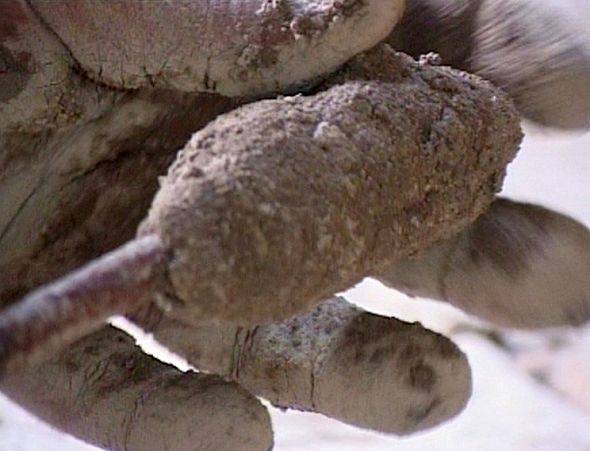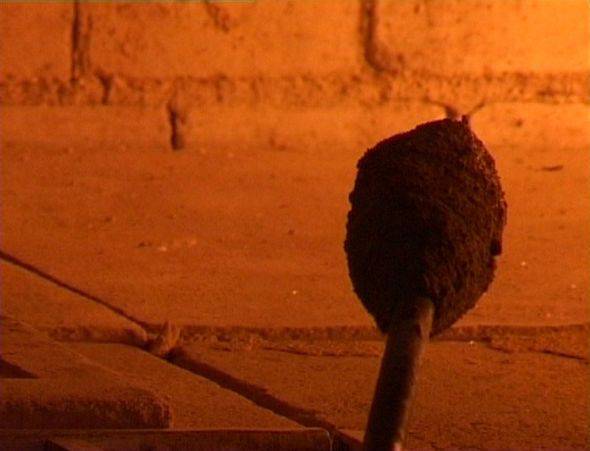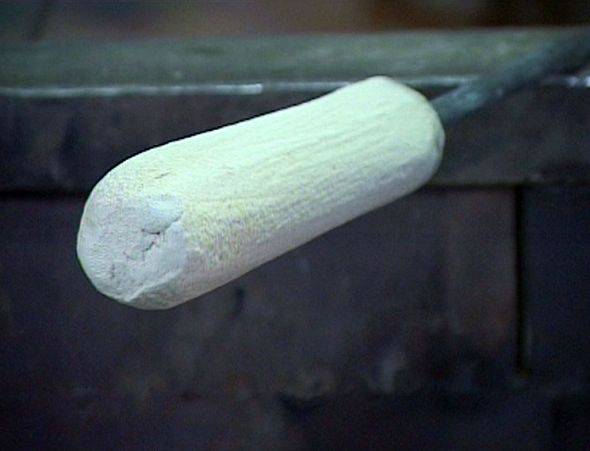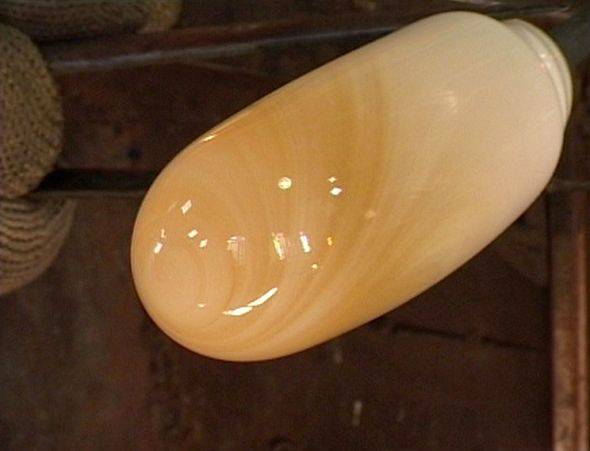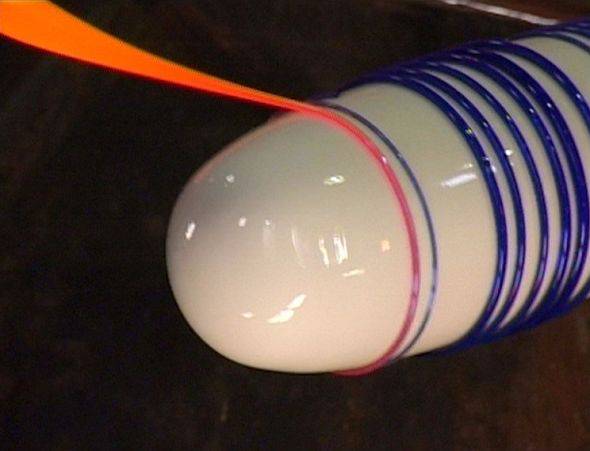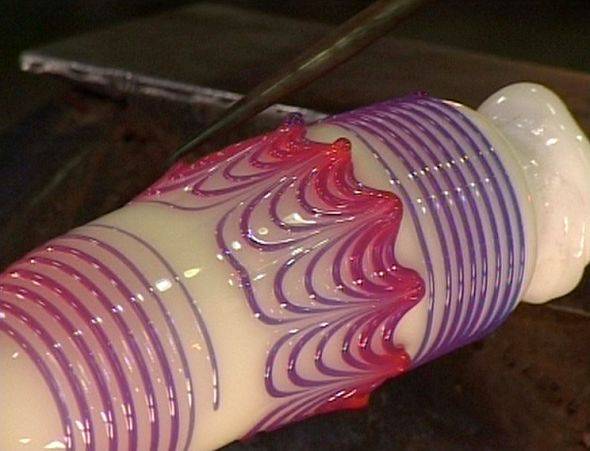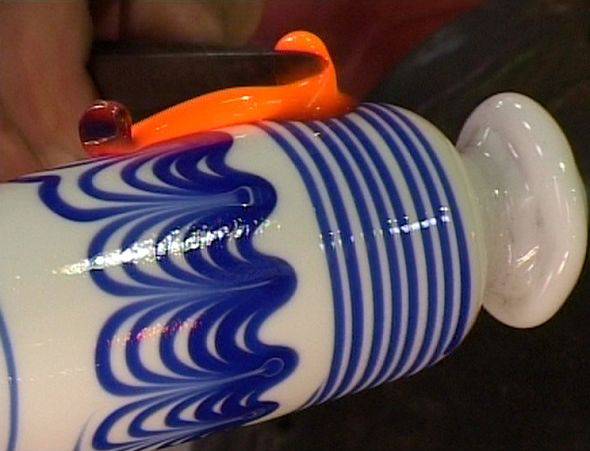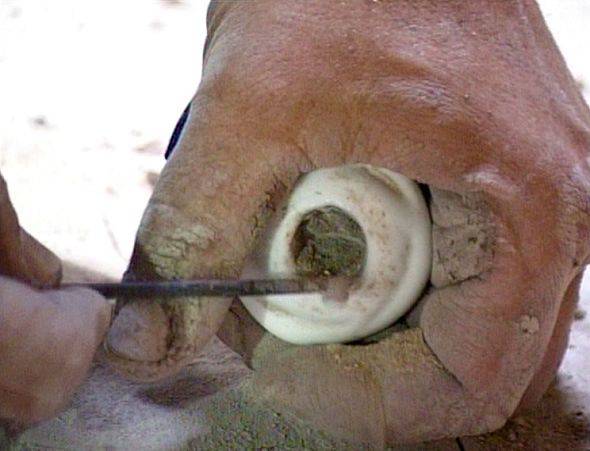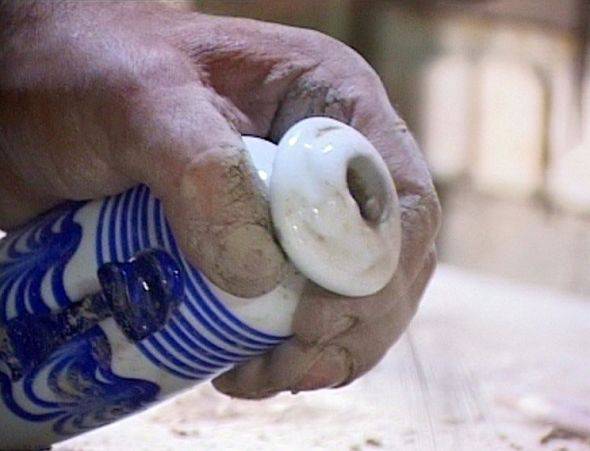Description
Video above: Core - Forming
This is one of the oldest techniques to form hollow-ware glass before the invention of blowing and dates from about the middle of the 2nd millenium AD. Numerous hypotheses have been formulated since the 19th century.
The glassworker models a core with a mixture of clay and horse dung and applies it to the end of a non-hollowed metal rod. The core is immersed in a crucible of incandescent glass, which adheres around the core. The small size of the objects allowed the core to be immersed even in very small crucibles. Then the glassworker decorates the outside wall with different coloured glass filaments, and if desired, then moving them with a tool to form festoons. Handles may be applied.
Once the container is cooled, the metal rod is taken out and so is the core using a tool.
This reconstruction of the process used is based on recent analytical observations on archaeological glass and experiments in glassworks and is accepted by the most eminent glass archaeology scholars.
So the hypotheses that the core was made of sand and that the body of the vase was produced only with a filament wrapped around the core, have been rejected.

